By Cindi Sirois Collins
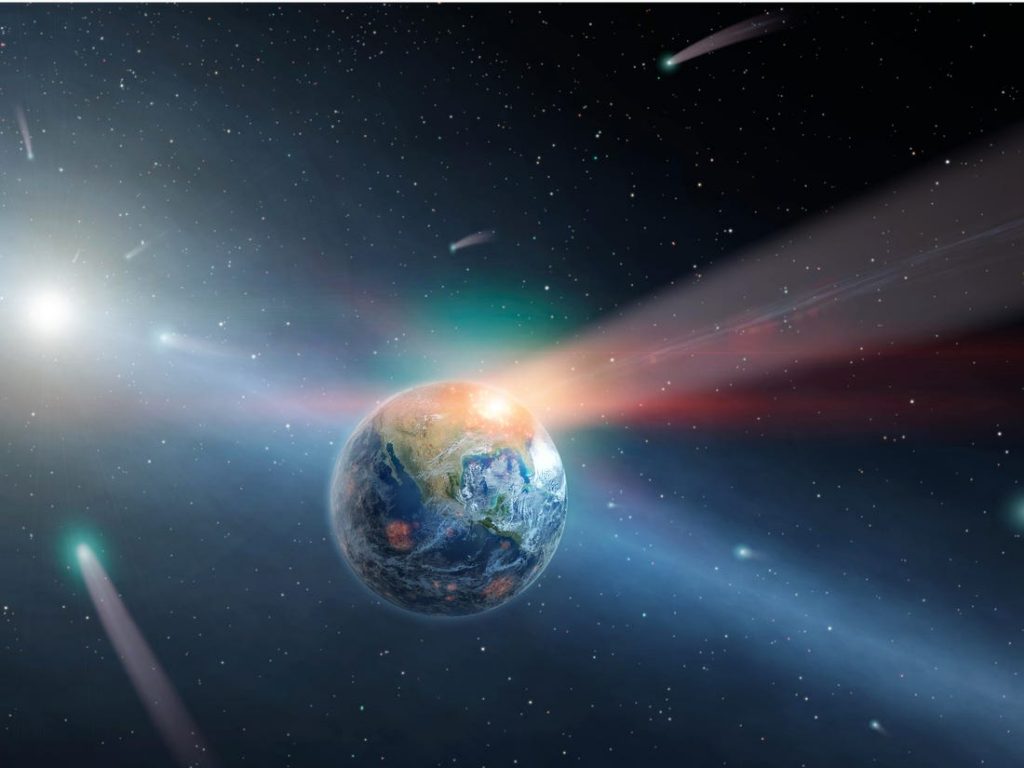
At the Time of the Impact:
An asteroid 10 miles (14-km) wide crashed into the shallow waters of Mexico’s Yucatan Peninsula bombs at a rate of about 11 miles (18 km) per second leaving a 124 mile (200 km) wide crater. The asteroid impacted Earth at a 60-degree WNW angle(Gulick, 2017).
The pressure of the impact was so great at ~ 9.7 million psi equal to 10 billion Hiroshima bombs (Gulick, et al., 2017 and 2019) that it caused the limestone and the granite bedrock called basement rock beneath the asteroid to liquify. This liquid rock lifted like an enormous bubble that then collapsed outward creating a ring of mountains inside the crater. A peak ring, a ring of mountain peaks in the middle of the crater, was created and is evidence to the incredible intensity with which the asteroid hit the Earth and created this crater.
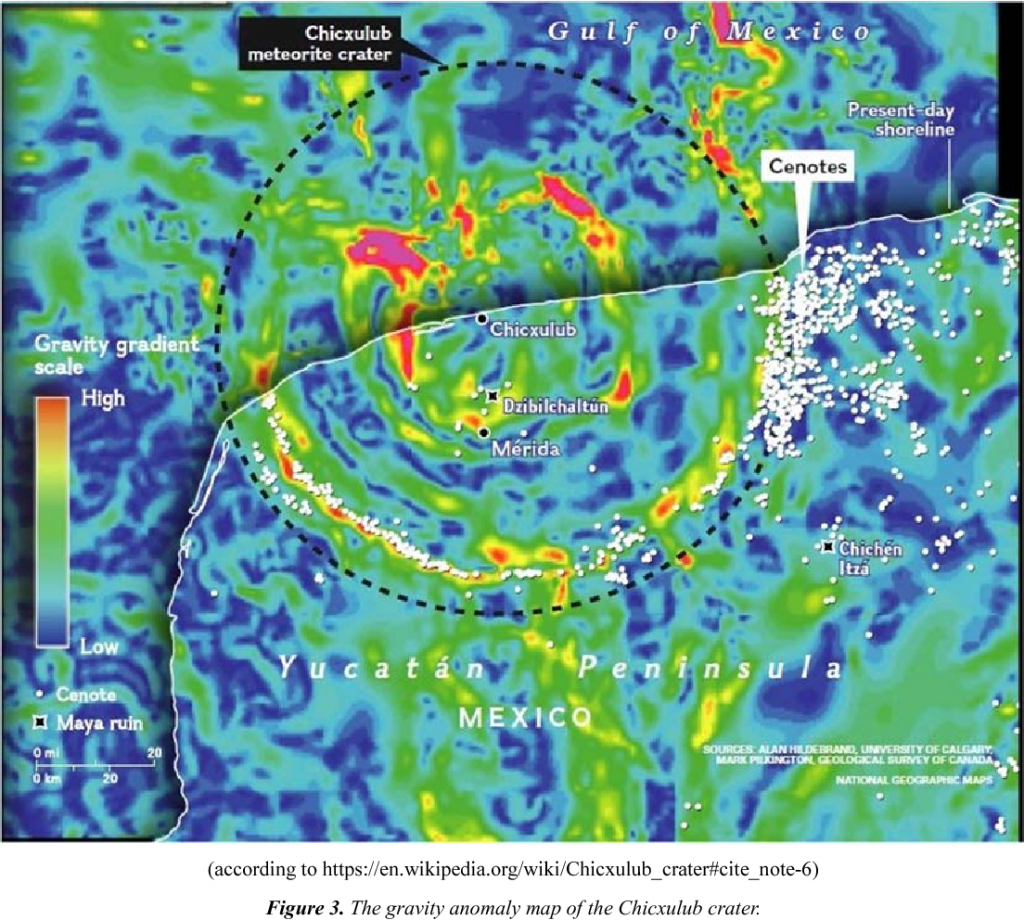
Crater -Outer Yellow Circle
Diameter– ~124 mi /200 km
Depth- Between 1968.5 -3280.8 ft/ 600-1000 meters
Peak Ring (mountains)-Inner Yellow and Pink Circle
Height– 1312 feet/ 400 meters above crater floor
Ejecta Contents:
The impact created a plume of rock, water and debris called ejecta.
- Vaporized and fragmented limestone
- Granite basement rock -The intensity of the impact changed the crystal system of the granite causing this extremely hard rock to crumble.
- Shocked quartz is only evident with impacts from space for there is no process on Earth that can cause the amount of pressure needed to change quartz’s structure . Quartz is #7 out of 10 in hardness on Moh’s Hardness Scale. Diamond is #10.
See Dr. David A Kring’s photos of shocked quartz from his discoveries with Hildebrand, et al., 1991 –https://www.lpi.usra.edu/science/kring/Chicxulub/discovery/ (3rd and 5th picture) the crystal structure of normal quartz and the shocked example after impact. This shocked quartz can crumble in your hands.
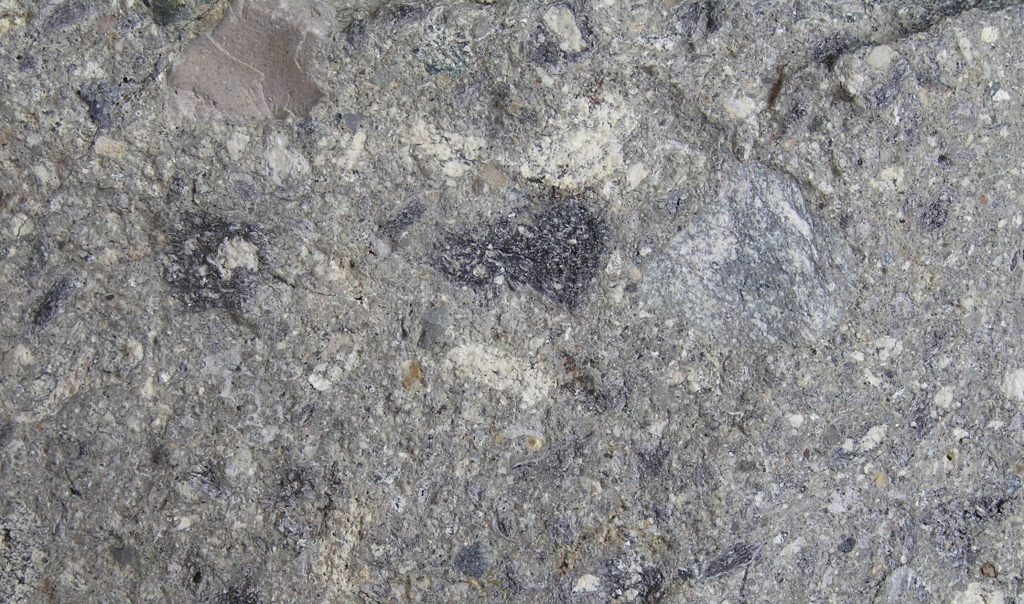
- Impactites– rocks that have been physically and chemically influenced by the action of hitting the Earth.
Examples of these are:
Suevites (sway-vyts)- (4th picture on Dr. Kring’s site) rocks consisting of partly melted material containing angular (lots of corners) glass and crystals called brecchia (breh-cha).
Microtektites, microkrysites and spherules (2nd picture of Dr. Kring’s site)- small glass bodies made of melted sand. A layer of these tiny to small glass balls can be found in a centimeter (< ½ inch) thick layer around the world but is found in one meter (3.3 ft.) thick layers near the impact site in the Gulf of Mexico. These spherules had to have densely filled the air for a very long time to travel worldwide.
- Evaporites- are sediments that result from the evaporation of a water-soluble mineral. In this case, marine or salty seawater create evaporites called gypsum (Calcium sulfate dihydrate) and anhydrite (Calcium sulfate). An enormous amount of sulfur from these rocks was sent into the atmosphere where it mixed with the seawater to become sulfur aerosols. These aerosols are responsible for blocking the Sun’s rays to the Earth causing dark skies for an extended period of time.
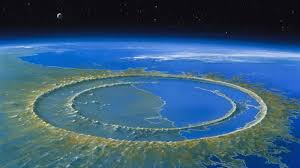
Created by SPL/IPTC
Minutes after the Impact:
- The ground shook with earthquakes of 10+ magnitude (Gulick, 2017) which obliterated any life and changed the shape of the landscape. Around the Gulf of Mexico and the Caribbean Sea, coastal and continental shelves collapsed,
- The peak ring of mountains was created.
- Ejecta such as rocks, water, and pieces of asteroid from impact was sent into the stratosphere – the part of the atmosphere where airplanes fly.
- Sulfate aerosols- began collecting in the stratosphere as well.
- Debris fell from the air.
Tens of Minutes after the Impact:
- Tsunamis (Japanese for “harbor wave”) theorized to be as high as 2000 feet (about 610 m) formed from the earthquakes reached the crater 3- to 60 minutes after the impact. Tsunamis continued for at least a day.
- Hurricane force winds (which starts at 74 mph)
- Peak ring covered in about 140 feet (40 meters) of coarse-grained suevites and impact melt rock.
Within Hours after the Impact:
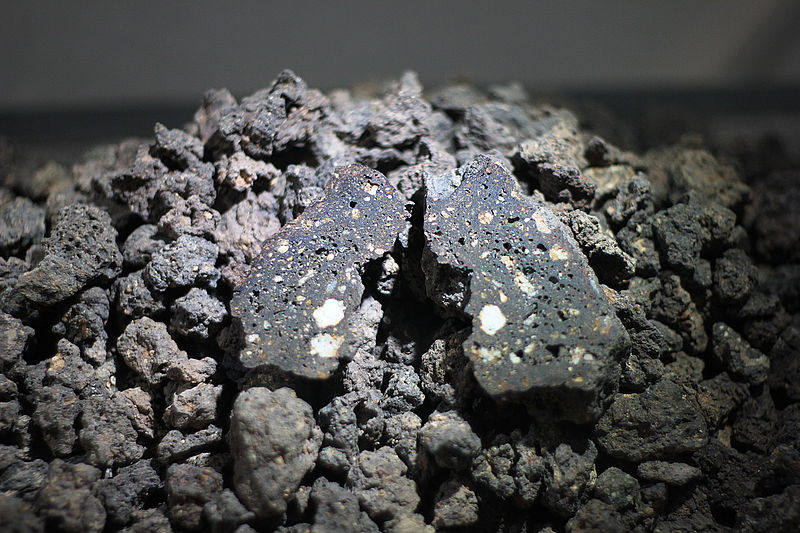
- The peak ring mountain range had a large crack or opening in which the sea water and almost 300 feet (90 meters) of impact melt rock breccia and suevite filled the peak ring to about half its capacity.
- Wildfires were caused from the heating and friction of the extensive, fast incoming ejecta on the Earth’s surface worldwide.
- About 425 gigatons (Gt)**plus or minus 60 Gt of carbon dioxide and 325 gigatons plus or minus 60 Gt of sulfur were released by the impact (Artemieva, 2017). **A gigaton is 2.2046 trillion pounds or 1 billion metric tons.
- Seiches (saysh-ez) are standing waves within an enclosed area, like the crater, caused by strong winds and changes in the atmospheric pressure. These seiches were like mini-tsunamis which caused the water to be pushed from one end of the peak ring to the other in a see-saw-like motion.
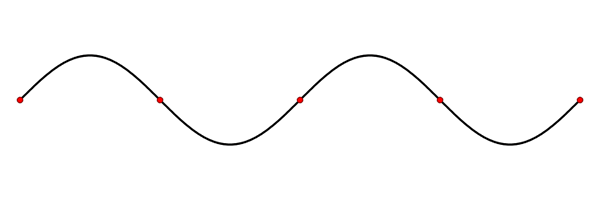
Within a Day after the Impact:
- A rim-wave tsunami occurred. When an impact occurs in water, it creates a rim of “pushed back water in all directions. The top of the rim would have been 100s of meters (100 m = 62 feet) high flows outward as a tsunami” (Gulick, email, 2020).
That tsunami ran up on the coasts to the nearest locations of present-day central Mexico 500 kilometers (310 miles) away and the southern United States 800 km (620 mi) away including the Brazos River where evidence of this impact is preserved near College Station, Texas.
The water “sloshed back” across the continental “shelf and the Gulf of Mexico to reenter the crater” and deposited a layer containing soils and charcoal on top of the impact deposits. The soils showed evidence that the tsunami had traveled over land and the charcoal was evidence of “burned forests” (Gulick, email, 2020).
Within Days, Weeks and, perhaps, Years after the Impact:
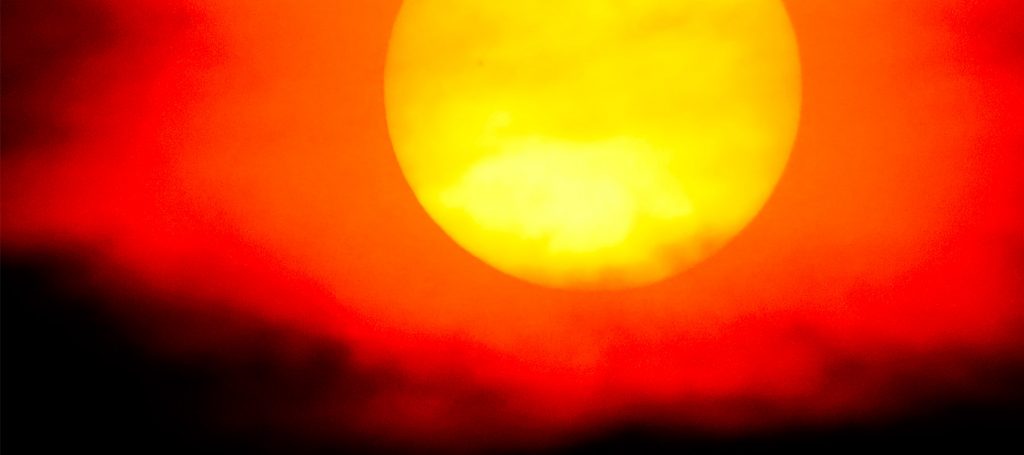
- The sulfur aerosols collected in the atmosphere and blocked the sun’s radiation causing temperatures to drop about 68 ° F (20 °C), darkness and global cooling.
- Long-term climate shifts globally initiated the collapse of life on Earth. Animals 60 pounds (25 kg) or more, plankton on mass quantities and plants went extinct.
- This impact marks the End of the Mesozoic “Middle Life” Era and the Beginning of the Cenozoic “Recent Life” Era.
Coming Next: Results of the Impact Devastation
